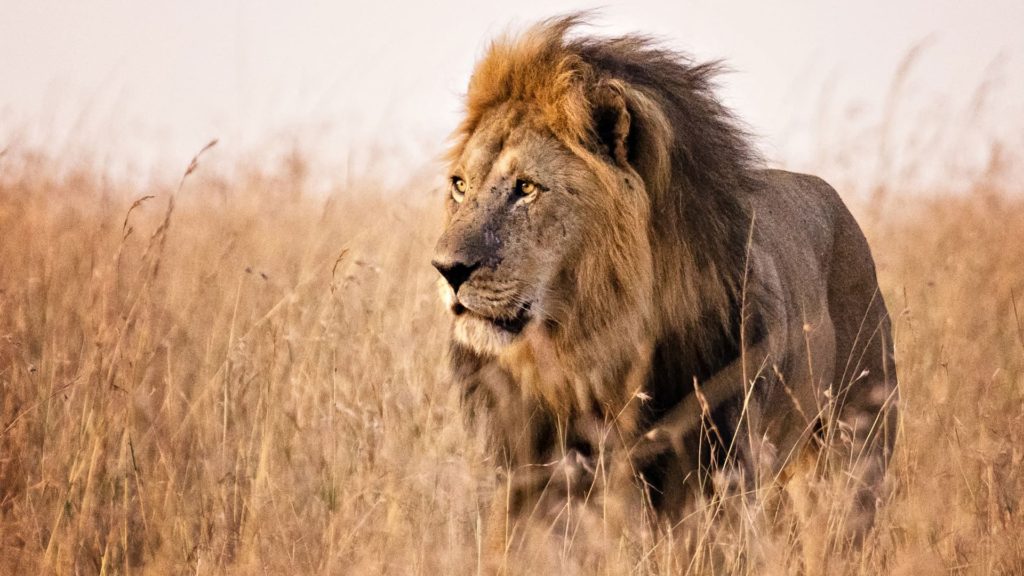Tarangire National Park is located 120 kilometers south of Arusha along the Great North Road parkway, and is well-known for road trips from the city. was called after the Tarangire River, which runs through the leisure area and provides the main source of super-durable water to the environment. During the dry seasons, animals will congregate around the canal in search of water. Transient species return to the Tarangire River as the Maasai Steppes evaporate with the end of the heavy rains in June, putting Tarangire National Park second only to Ngorongoro in terms of natural life density.
Tarangire’s 2,850 square kilometers are home to a diverse range of natural species. The plants and types of organisms found in this ecosystem, like in all others, are closely related. The flood fields and prairie are the main features of the recreation area, with the majority of the trees being different types of acacia trees, as well as a few dispersed baobabs, tamarind, and frankfurter trees.









